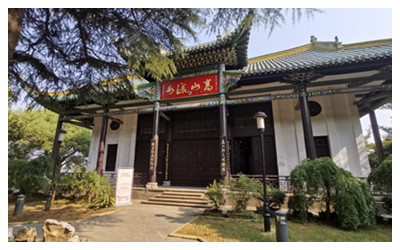Skype: neodalle-travel
Tel: +86 135 7447 2266
E-mail: sales@visitaroundchina.com

 The Tai was an ancient architectural structure, an elevated terrace with a flat top. In most cases be built of earth, stone and surfaced with brick, they are used as a belvedere from which to look into the distance. In fact, however, many well-known ancient Tai today are not just a bare platform but has some palatial halls built on top. A typical example is the Round City of the Beihai Park in Beijing. As a terrace five meters high, it has an area of 4, 500 square meters on its top and a main hall with side corridors.
The Tai was an ancient architectural structure, an elevated terrace with a flat top. In most cases be built of earth, stone and surfaced with brick, they are used as a belvedere from which to look into the distance. In fact, however, many well-known ancient Tai today are not just a bare platform but has some palatial halls built on top. A typical example is the Round City of the Beihai Park in Beijing. As a terrace five meters high, it has an area of 4, 500 square meters on its top and a main hall with side corridors.
The Tai could be built to serve different practical purposes. For example, Jianguomen in Beijing which dates back to the Ming and Qing dynasties is an observatory. It could also be used for military purposes like the beacon towers along the Great Wall, to transmit urgent information with smoke by day and fire by night in emergency. Also on the Great Wall, there is a square Tai at intervals of every 300 to 400 meters from which the garrison troops kept watch.
Heptachord Terrace, known as Guqin Tai 古琴台 in Chinese name, is a quite wonderful site among Wuhan points of interest. It is situated in the north of Hanyang District of Wuhan City. It is situated at the west of Tortoise Hill and on the bank of the Moon Lake. And it is a reminder of the legend of Yu Boya, an expert heptachord player and Zhong Ziqi, a woodcutter, who can understood Boya's music.
 Ask Questions ?
Ask Questions ?